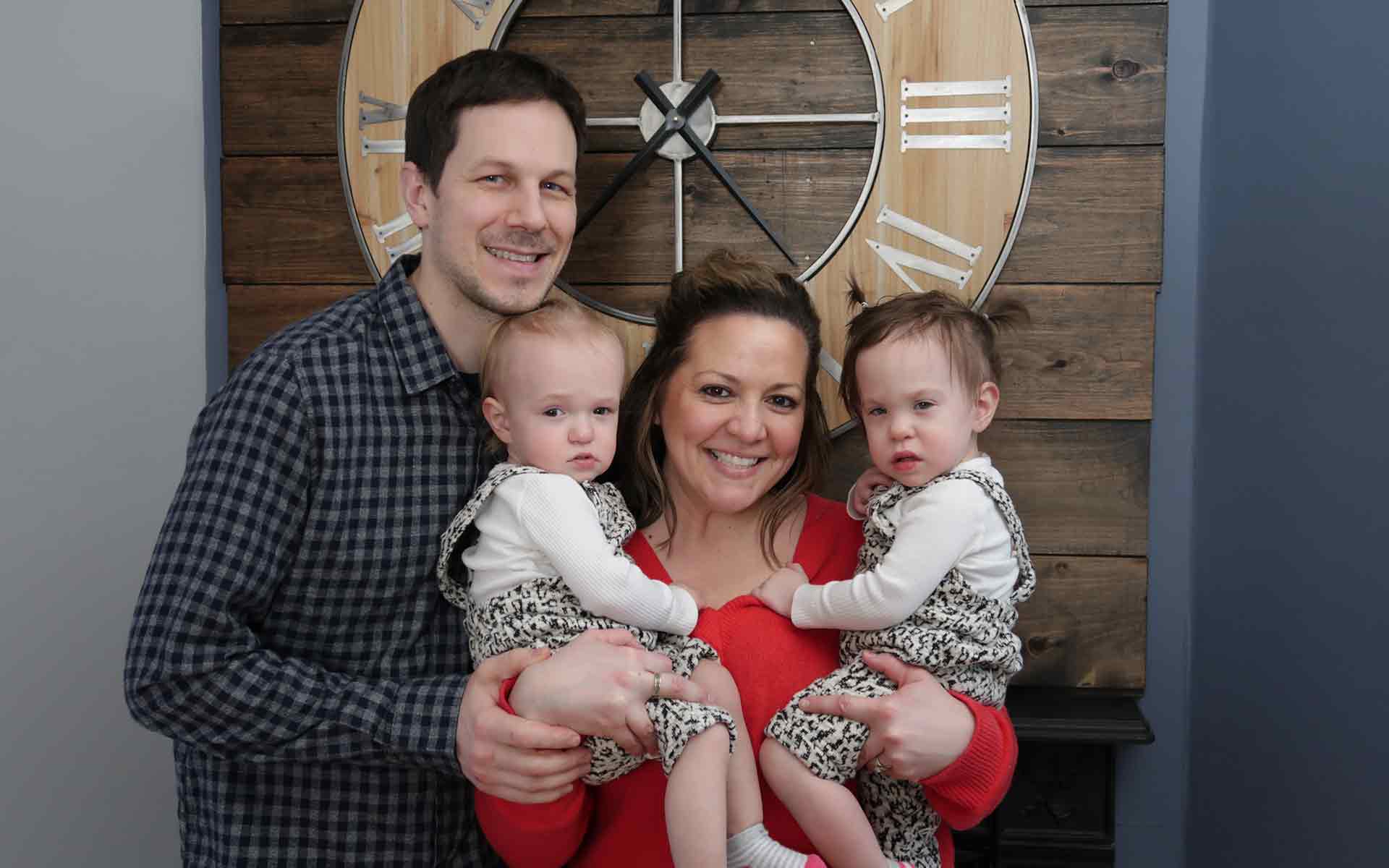EMILY’S STORY
Emily had always known she wanted to be a mother, and after she and her now-husband, Nate, married, her dream of starting a family became a real and exciting prospect. Yet, after three years, Emily was unable to become pregnant, and in vitro fertilization (IVF) looked to be the most viable route to make Emily and Nate’s dream a reality. After learning more about the process, the couple decided to give it a shot.
Having met while working as lab techs in Concord, New Hampshire, both Emily and Nate were familiar with the role the laboratory played in health care. But they didn’t realize just how important it would become in their own lives.
From the start, the laboratory was integral to Emily and Nate’s IVF journey, as it was necessary to monitor Emily’s hormone levels and required blood draws every two days.
After some preliminary tests and some failed attempts, the last two of Emily’s viable eggs were incubated, fertilized, and re-implanted into her body. Waiting to see if the implantation would be a success is one of the toughest and most exciting parts of the IVF process, Emily says, but the wait was worth it when she found out she was pregnant with twin girls.
Emily’s pregnancy was closely monitored through additional lab tests. Her daughters, Ella and Evie were born prematurely, at 24 weeks and six days. Although it is not uncommon for twins to be born prematurely, this was earlier than most cases of premature twins, making it a scary and uncertain time for Emily and Nate.

Today, Ella and Evie are happy, healthy and thriving, and Emily and Nate are thrilled with their family. Looking back on all they’ve endured, Emily advises others experiencing infertility to “not let a diagnosis get in the way of your dreams. Explore your options and consider them as seriously as your desire to make your ideal outcome happen.”
And the lab, Emily says, “is the foundation of your diagnosis. They are the magic behind the scenes and if it wasn’t for the lab, my girls wouldn’t be here.”